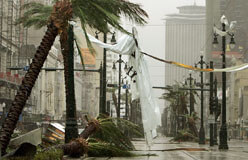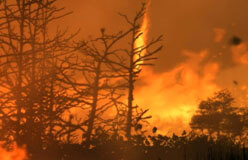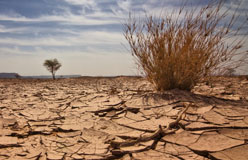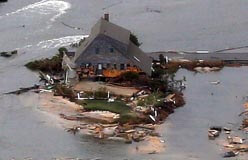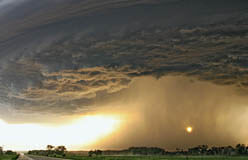In the summer of 2003, Europe was extremely hot. Temperatures hit record highs in five countries.
In Paris, workers at the Eiffel Tower sprayed mist on hot tourists. The London Zoo cooled off its lions using ice. It was Europe’s hottest summer in 500 years, and it caused at least 35,000 deaths.
The heat wave was 2003’s deadliest natural disaster worldwide. You can’t take shocking photos of heat-related weather. That’s one reason many people don’t take heat seriously. Yearly, heat kills more Americans than hurricanes, tornadoes, floods, and lightning combined.
